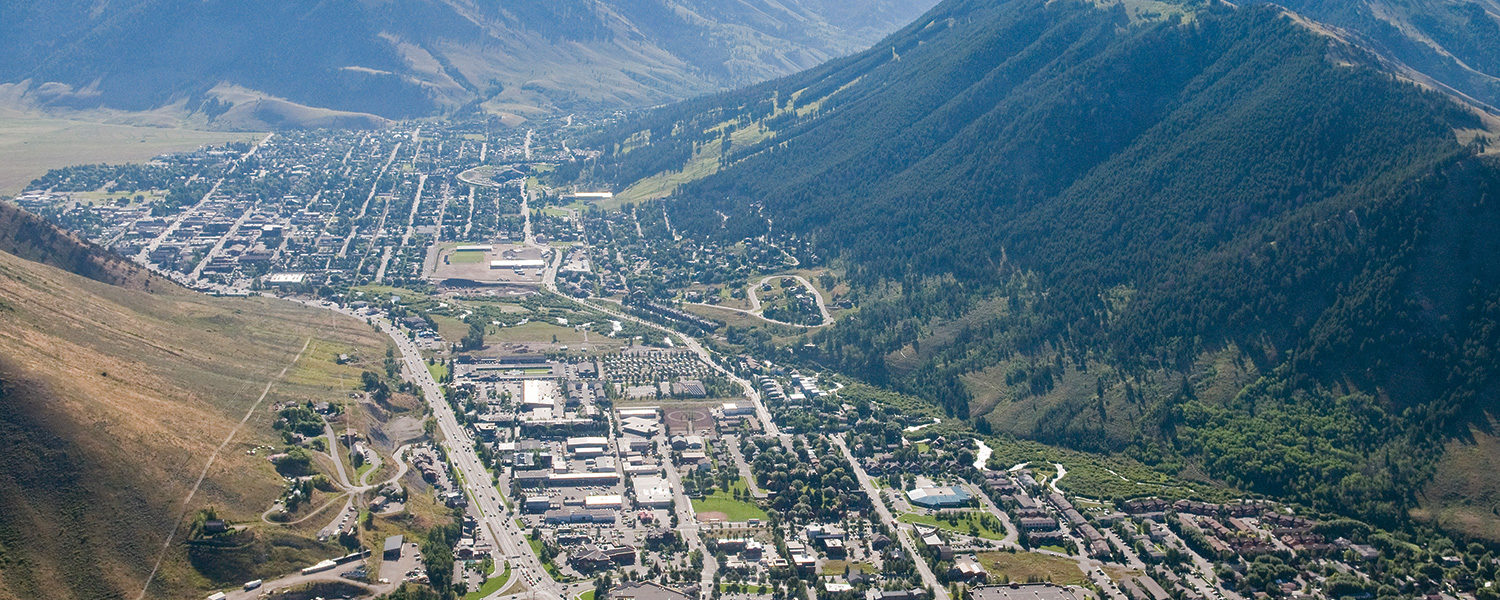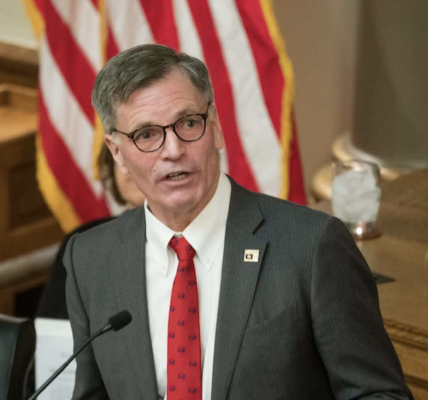By Mike Koshmrl, WyoFile.com
When it comes to the wealthiest Wyoming locales, it’s no exaggeration to say that Teton County is in a class of its own.
Actually, forget Wyoming — that statement can be applied to the entire United States.
“Nobody is even close,” Jackson economist and town council member Jonathan Schechter said. “Our rich people aren’t other peoples’ rich people.”
The founder of the Jackson-based Charture Institute likes to illustrate the point by breaking up American household income into tiers of roughly $100,000.
“The difference between first-place Teton County and second-place New York County is about $100,000,” Schechter said. “The difference between second-place New York County and 63rd-place Delaware County, Ohio, is about $100,000. And the difference between Delaware County and the absolute last-place county in America, a place called Rock County, Nebraska, is $92,000.”
Teton County’s average household income, $312,442, stands alone in the top tier. The next 62 highest-income earning counties comprise the next tier, followed by the remaining 3,000-some counties, boroughs and parishes in the bottom bracket.
Schechter derived his data from the Internal Revenue Service, dividing counties’ adjusted gross income from 2019, the most recent year of data available, by the number of tax returns filed. The IRS dataset is not detailed enough to allow computations of the median income.
Wyoming’s other 22 counties have good company, falling in the bottom tier, occupied by 98% of the nation’s counties.
Converse County, where the household income eclipses $95,000, shows up highest on the list. Nearest the bottom: Hot Springs County, where income comes to around $49,000 per tax filing.
Teton County wasn’t always so much wealthier than everywhere else. On the heels of the Great Recession of the aughts, its average household income only marginally exceeded the Wyoming average.
But change has come on strong.
In 2019, Teton County accounted for 5% of all the tax returns filed in the state, while simultaneously accounting for 20% of the statewide income, according to Schechter. Some 35% of Wyoming’s overall investment income is derived from Teton County, he said, as is 72% of the state’s total charitable contributions.
“It’s a very different world,” Schechter said.
The data points are staggering even excluding 2020 and 2021, years where ultra-wealthy COVID-19 migrants started flocking to Jackson Hole. Schechter anticipates the income data from those years will be “nuttier still,” he told subscribers of his CoThrive newsletter.
“Bottom line: If it feels like things are not just crazy, but spinning-out-of-control crazy, there’s a good reason for it,” Schechter wrote.
The massive infusion of wealth has exacerbated troubling trends afoot in Teton County.
Last summer, 95% of businesses reported that the community’s workforce housing crisis was at the core of their staffing struggles, according to the Jackson Hole News&Guide. Pay has spiked out of necessity in response. A Target store is soon opening where workers will start at $24 an hour — equivalent to a $50,000 salary per year. But even those types of wages aren’t keeping hundreds of desperate seasonal laborers from living in places like the Bridger-Teton National Forest.
Even Teton County’s traditionally higher-earning residents are getting pinched. A life change recently caused Animal Care Clinic veterinarian Ernie Patterson to seek out an apartment. The 69-year-old longtime Jackson resident is grateful for what he found, even though rent for the one-bedroom unit eats up more than 40% of his take-home pay.
“I really can’t afford to buy anything, so now I’m just in the rental market,” Patterson said. “It’s tight.”






